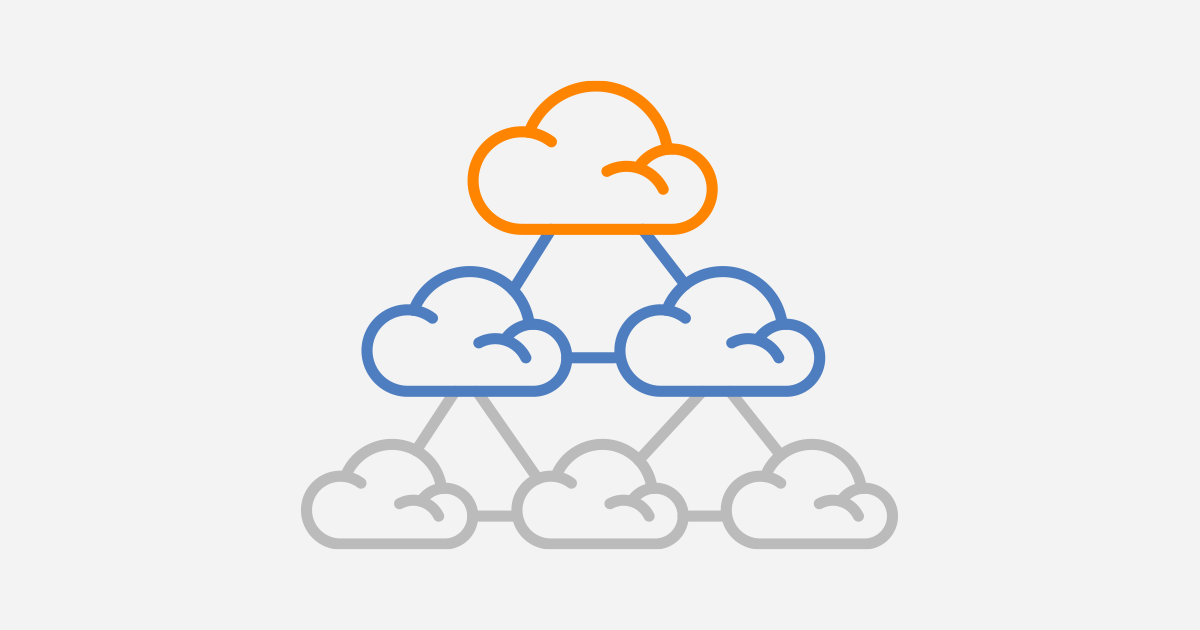Knowing IP transit pricing in the context of connectivity and networking is crucial for businesses looking to optimize operations while also reducing costs. The pricing structure is composed of a range of services and ports, each of which plays a part in the final price. Let’s go on a trip to unravel the underlying economics behind IP transit pricing by examining crucial factors, strategies and nuances.
Port and Service Dynamics
IP transit pricing revolves around the utilization of ports and associated services. Every service must be linked to one or more ports which creates a flexible platform for customizing the network configuration based on specific requirements. It’s important to realize that every port can support multiple services, with fees varying depending on the selected services.

Understanding Committed Data Rate (CDR)
Central to IP transit pricing is the concept of Committed Data Rate (CDR) which represents the minimum data rate commitment needed for a port. The CDR must be at least 10% of the port size, providing a base quality of connectivity. For example, if a business opts for 10G ports the minimum commitment would be 1G. CDRs are used as the base for pricing. The greater the commitment the lower will be per-unit costs.
Bursting Above CDR
IP transit ports permit burst speeds that are higher than the CDR which allows businesses to handle sudden increases in traffic demand. The burst traffic feature is the same price per Mbps that CDR. This flexibility is provided without any extra costs. This feature can be especially advantageous to businesses with fluctuating usage patterns and periodic fluctuations in network activity.
Factors Influencing Pricing
A variety of factors impact the price of IP transport, such as the speed and size of the data rate that is committed, and also the volume of traffic. In general more CDRs, and faster ports mean lower unit charges. This can encourage businesses to increase their connectivity in order to reduce costs. The level of competition in the market and the power of negotiation of the client could also influence the pricing agreement.
Maximizing Value and Optimizing Budgets
To maximize the benefit of IP transit the best strategy must be followed to maximize budgets. Companies must conduct an in-depth analysis of their network requirements by taking into consideration aspects such as expected traffic volumes in addition to scalability and performance goals. If they can match these requirements to the most efficient pricing plans and services, companies can get the best return from their investment.
Controlling costs Strategies to manage costs
Cost management strategies are an excellent way to help reduce the impact IP transit costs affect budgets. Regular review of price agreements can be carried out to determine areas for improvement or renegotiation. The insights from network monitoring and analysis tools can be used to make proactive decisions and allow companies to change their configurations dynamically in response changing needs.
The Importance Of Future-Proofing
In an environment of technological advancement that is changing rapidly and constantly changing, planning for the future of the network infrastructure you use will be essential to the long-term success of your business. Companies should not just consider their current requirements as well as future expansion and growth when looking at IP Transit Costs alternatives. Flexible solutions that can scale and have expansion options can decrease the requirement for costly upgrades in the near future.
Compare pricing models and providers
There are a variety of providers in the market for IP Transit each with its specific pricing and service models. Conducting thorough comparisons among providers can help businesses identify the most suitable option for their needs by weighing aspects like reliability in performance, efficiency, and customer support in addition to price. You must consider the overall value proposition offered by each service, and not just their bottom line.
Conclusion
In conclusion, to navigate the economy of IP Pricing for transit it is essential to understand all of the basic dynamics of the process, its factors and strategies. Utilizing the insights gained from the dynamics of ports and pricing for services while optimizing budgets and also ensuring the future-proofing of the network infrastructure companies can manage costs efficiently while optimizing their investment. With strategic planning and careful making of decisions, businesses can construct robust networks that perform well and help their growth in a world that is increasingly connected.
Deprecated: File Theme without comments.php is deprecated since version 3.0.0 with no alternative available. Please include a comments.php template in your theme. in /home/site-3090757/webapps/heydarovcom/public/wp-includes/functions.php on line 6078